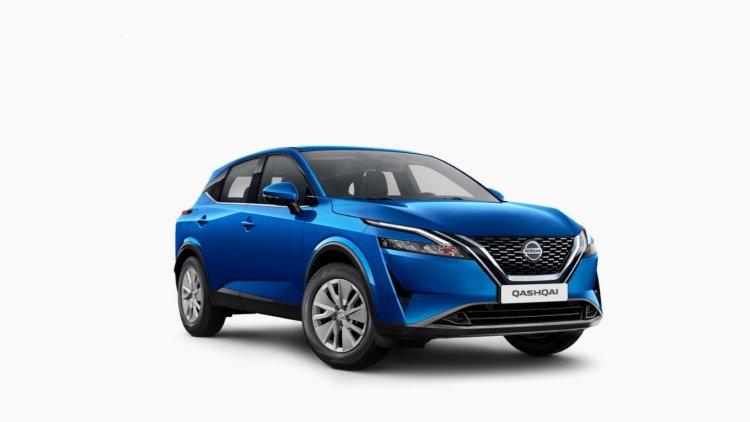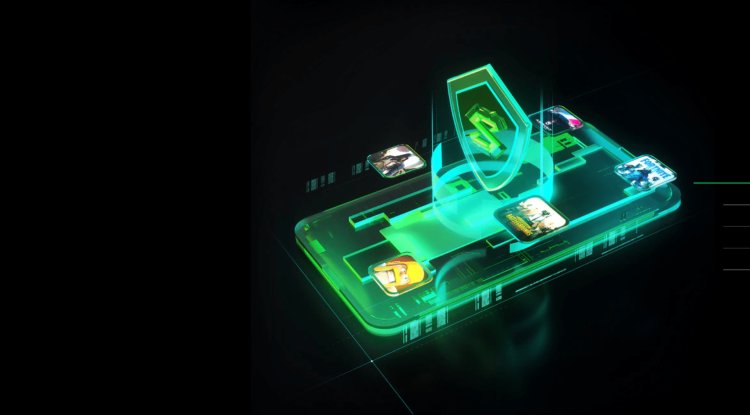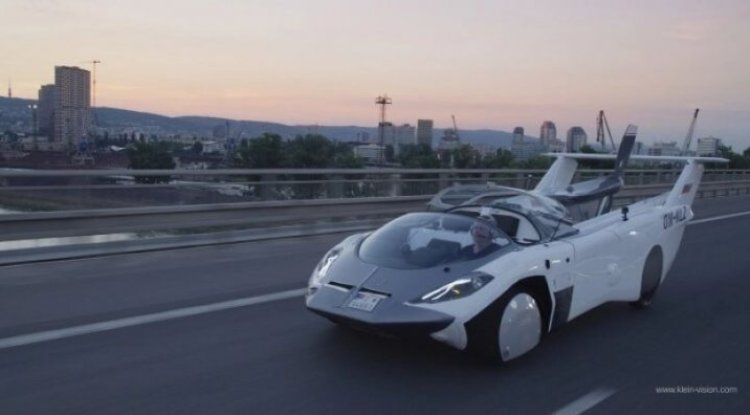Nissan's hybrid e-POWER system

This system is Nissan's exclusive technology and one of the most essential components of Nissan's intelligent mobility strategy, as well as a unique approach to engine electrification, according to the company. This method has been discussed for some time, and now we have some technical specifics about how it works.
According to Nissan research, crossover drivers spend up to 70% of their time behind the wheel on city and suburban roads, but many also assume that choosing an environmentally responsible vehicle implies foregoing driving pleasure.
The e-POWER system is the solution to this problem. It is a link between a battery, an electric motor, and a gasoline engine. This technology is intended for people who cannot or do not want to charge their cars with wires, as well as for people who usually drive in cities and wish to gradually transition to 100 percent electric mobility.
The e-POWER system comprises a battery linked to a 1.5-liter three-cylinder petrol turbo engine with 156 horsepower and variable compression ratio, a generator, an inverter, and a 140 kW electric motor, which is the same size and power as other Nissan electric vehicles. The gasoline engine generates power, which can subsequently be stored in the battery via the inverter, delivered by the electric motor, or both, depending on the situation.
Because the wheels are powered purely by an electric motor, such a drive delivers a fast and linear reaction, and this is accomplished without the need for a stop to charge the batteries. This driving system's maximum output is 140 kW (188 hp).
The fundamental advantage of the e-POWER system is that the petrol engine always runs at the optimal speed range and compression ratio, resulting in lower fuel consumption and CO 2 emissions as compared to conventional thermal engines. Engine noise and pollutants have also been decreased.
Unlike classic hybrids, where high pedal pressure might cause delays in torque supply, the electric motor assures continuous torque delivery at all times. The energy management unit employs an inverter to divert the energy produced by the petrol engine straight to the electric motor, ensuring increased power delivery while accelerating strongly or driving at high speeds.
For even higher efficiency, the system gathers and stores the released kinetic energy during the deceleration and braking phases.
The 1.5-liter three-cylinder petrol turbo engine with variable compression ratio and 156 horsepower at the heart of this system was expressly developed for installation in the e-POWER powertrain. It was originally used in Nissan's luxury vehicle brand Infiniti models, and it has a compression ratio that no other heat engine can match.
Depending on engine load, the adjustable compression ratio ensures maximum performance and fuel savings. Prior to Infiniti implementing it into its 2018 models, Ward, a U.S.-based automotive advisory organization, named it one of the top ten engines in the world.
A variable compression ratio (between 8:1 and 14: 1) would be impossible to achieve without an actuator that modifies the stroke length of the piston based on the pressure applied to the accelerator pedal.
The compression ratio will be higher in conditions of uniform driving (for example, traveling at a constant speed with a charged battery) to reduce consumption and restrict pollutants. The technology will use a lower compression ratio under dynamic driving circumstances to maximize the power required to charge the battery or directly power the electric motor.
The gasoline engine has been Linear Tuned to operate in a linear fashion. When accelerating, this technology gradually accelerates engine operation to satisfy power delivery requirements without interfering with engine performance or sound. The difference between an engine and driving speeds can be disastrous for both drivers and passengers.
Passengers, for example, perceive a rapid increase in engine speed without a commensurate increase in speed as effort and disturbance to driving. This is no longer the case thanks to the Linear Tune technology.
The new Qashqai e-POWER is available with an e-Pedal technology, which allows you to drive with only one pedal, the accelerator pedal, which also controls acceleration and deceleration.
e-POWER (1.5-liter VCR turbo engine) hP (kW) 188 (140) Torque (Nm) 330 Type of drive Front-wheel drive Consumption in the mixed driving cycle (l / 100 km) 5,3 Emissions in the mixed driving cycle (g / km) 119





























